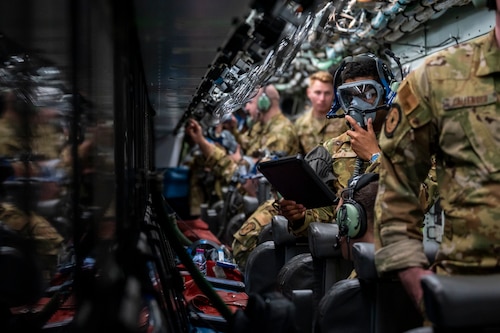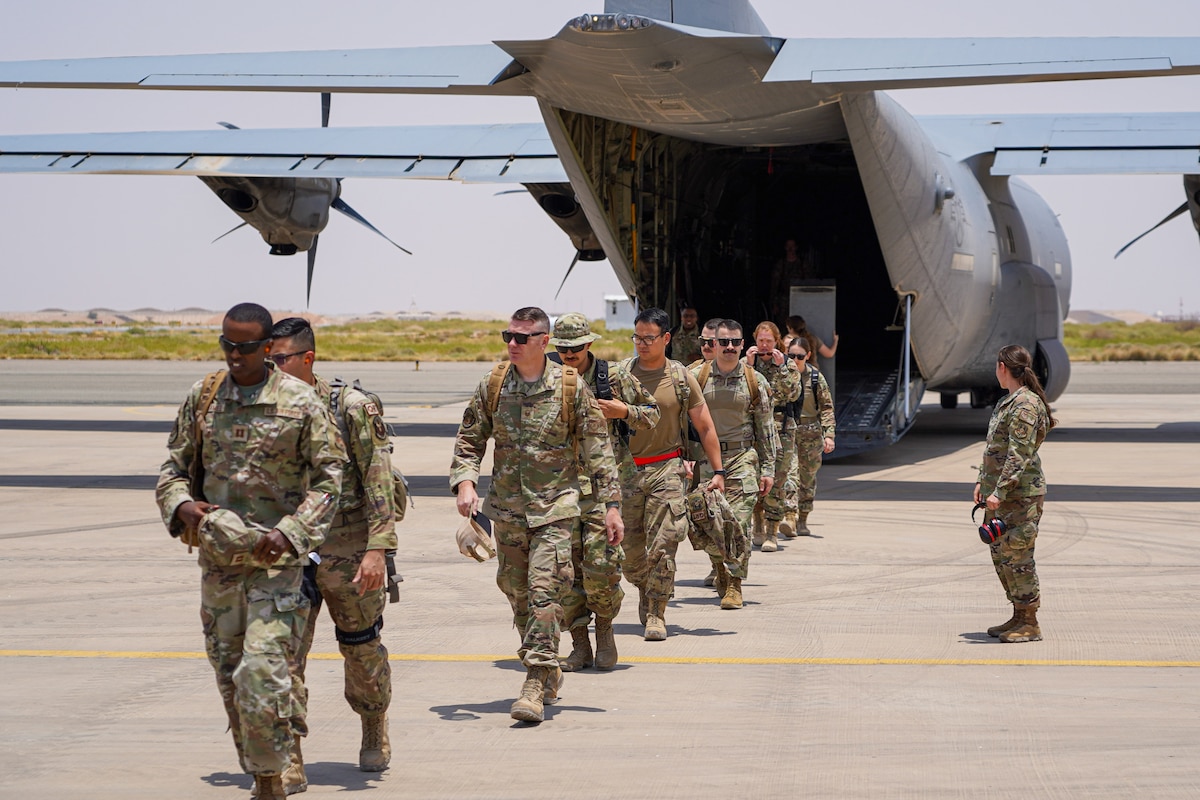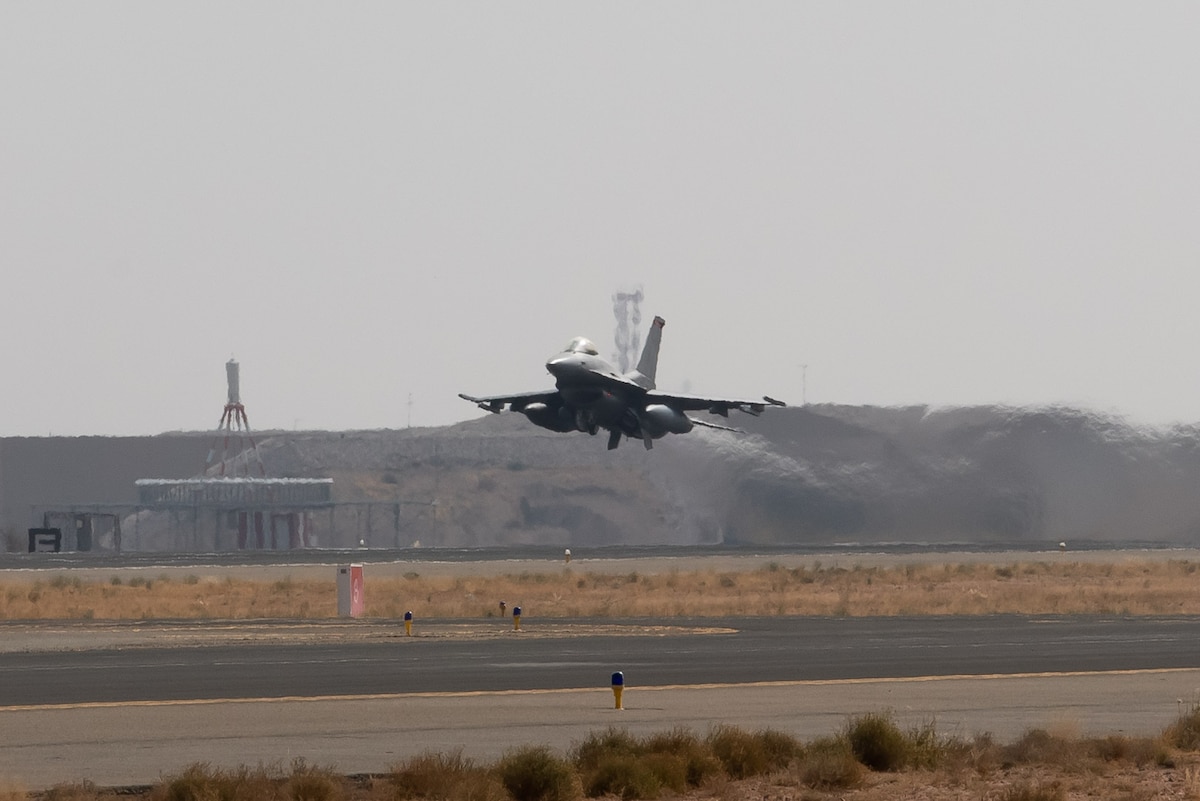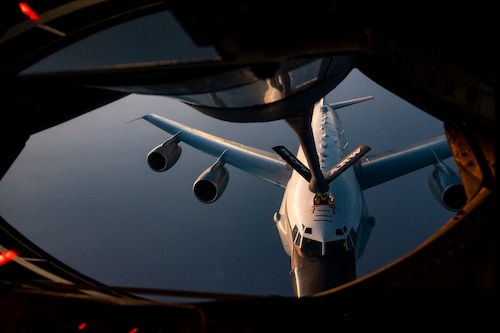U.S. Air Forces Central successfully concluded Operation Agile Spartan 23.2 Aug. 26, showcasing the power of collective military efforts and a proactive approach to combat readiness. The multinational operation highlighted the transformative nature of decentralized airpower deployment with Agile Combat Employment at the forefront.
Through ACE, airpower generation shifted from traditional large, centralized bases to a dynamic network of smaller, dispersed bases.
This pioneering approach not only amplified the U.S. Air Force's operational flexibility but also sent a clear message about its ability to respond swiftly to evolving situations anywhere, anytime.
AFCENT worked jointly with regional partners and flew nine different aircraft during the operation, including F-16 Fighting Falcons, A-10C Thunderbolt IIs, HC-130J Combat King IIs, HH-60G Pave Hawks, KC-135 Stratotankers, RC-135V/W Rivet Joints, C-130 Hercules, C-17 Globemaster IIIs and MQ-9 Reapers.
"Operation Agile Spartan 23.2 was not just an exercise; it was a statement," said Brig. Gen. David Mineau, Ninth Air Force (Air Forces Central) deputy commander and deputy combined forces air component commander for U.S. Central Command. "Through ACE, in collaboration with our coalition partners, we showcased a paradigm shift in U.S. Air Force combat operations. Our combined forces demonstrated that together, we can adapt, innovate, and overcome any challenge. This operation is a testament to our shared dedication to ensuring peace and stability in this critical region."
It was evident throughout the operation that each of AFCENT's five expeditionary wings played a critical role, with seamless coordination and efficiency in both launching and recovering aircraft from various locations.
The agility and adaptability displayed are set to influence future military strategies and training modules.
"It is extremely important to continue to do exercises like this with partner nations so we can fine-tune our processes and procedures," said Senior Master Sgt. Ilona Goggins, 332nd Air Expeditionary Wing ground exercise lead. "We must work together with our partner nations to be successful; it's what makes us truly agile and capable."
This year's second iteration of the Agile Spartan emphasized the deepening ties between coalition forces and U.S. troops. The bonds forged, strategies shared and mutual respect deepened will serve as a foundation for future collaborations and operations.
The unwavering commitment of the U.S. to its regional partners in the Middle East was reaffirmed as the operation went beyond military might, emphasizing diplomacy, trust-building and the importance of international partnerships.
"These exercises build trust and respect between squadrons that don't train together on a regular basis," said Capt. Timothy Maresch, 555th Expeditionary Fighter Squadron F-16 instructor pilot. "I personally didn't know what to expect but was blown away with the professionalism, as well as the immense hospitality offered by our partners."











